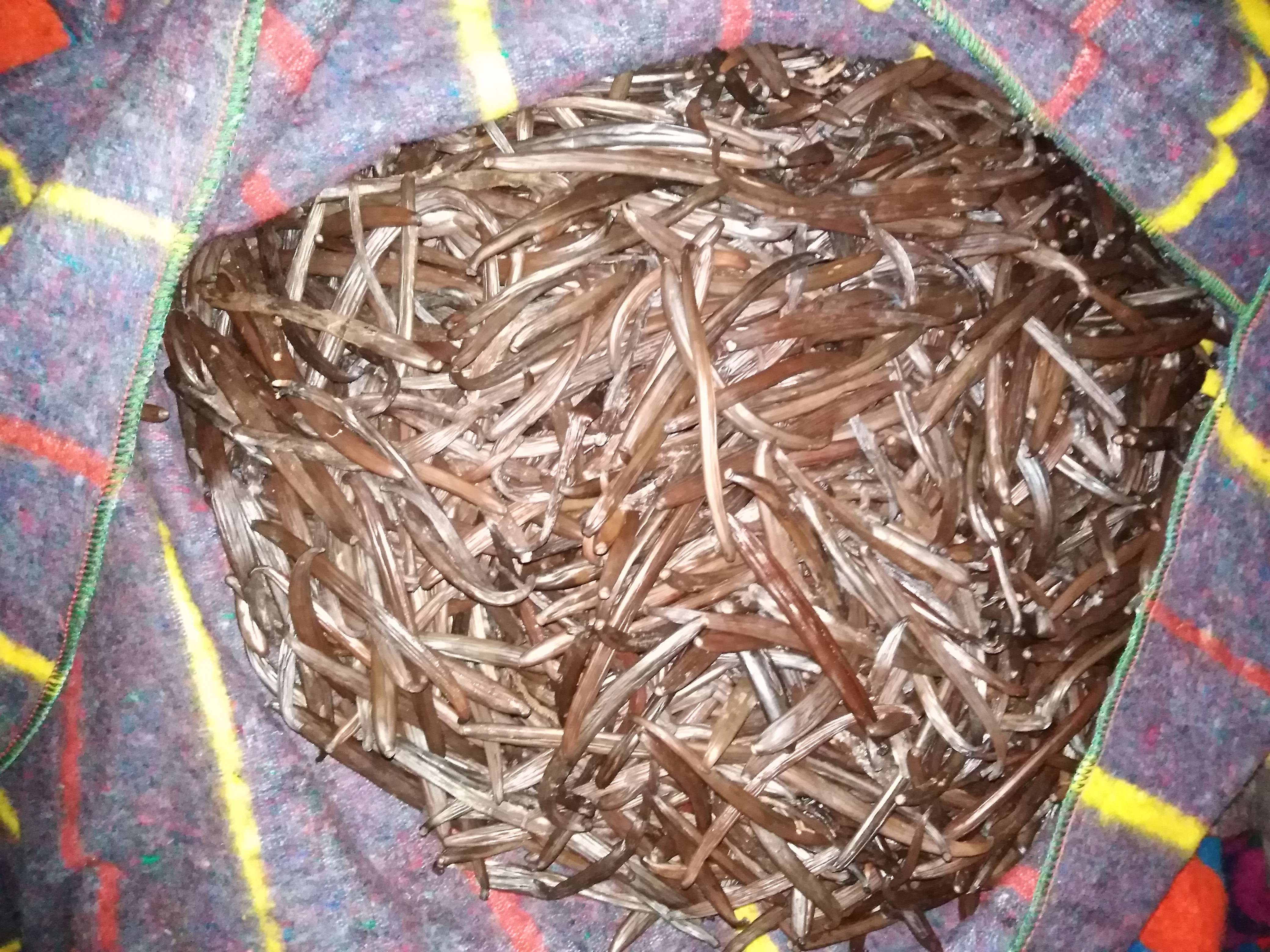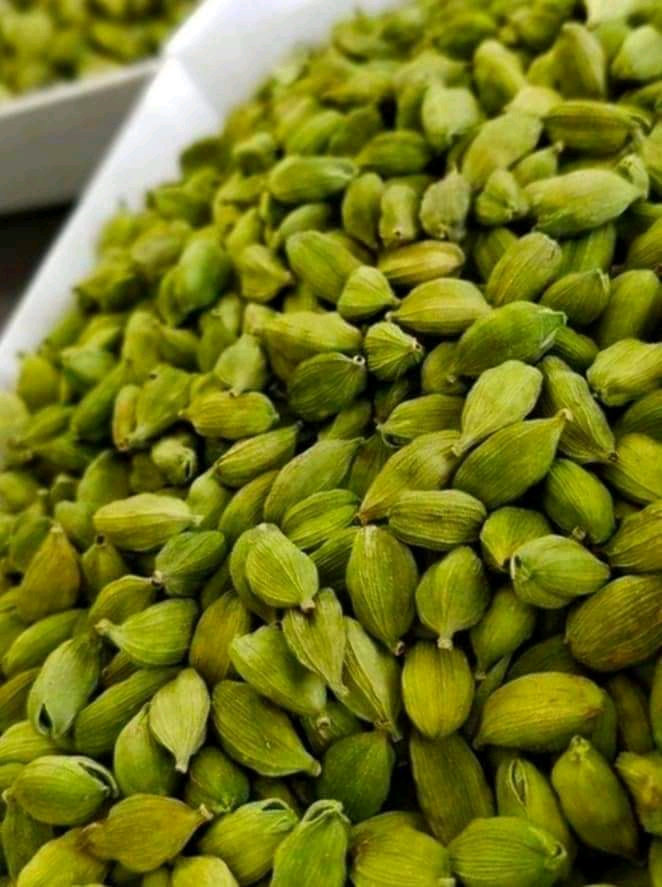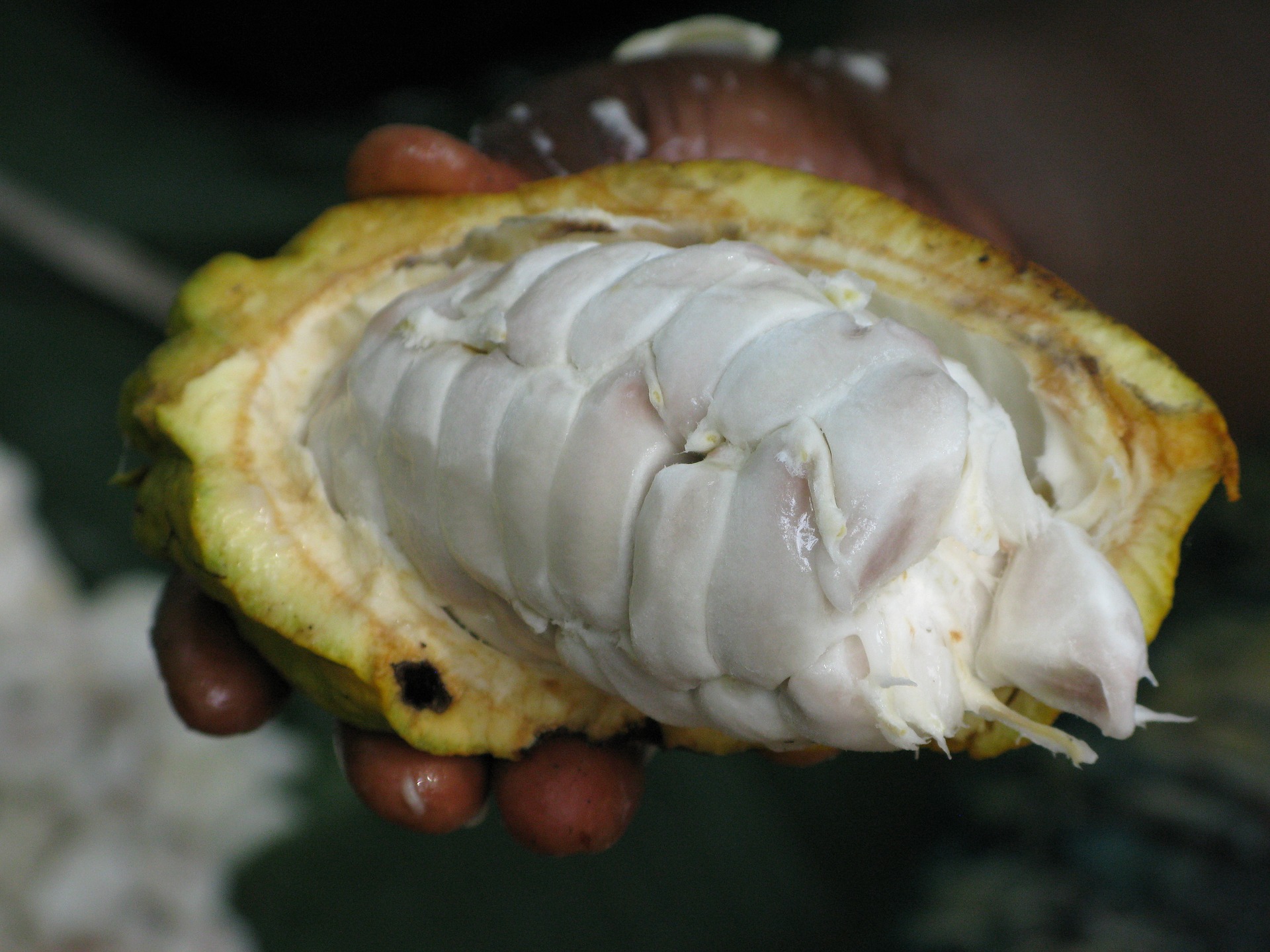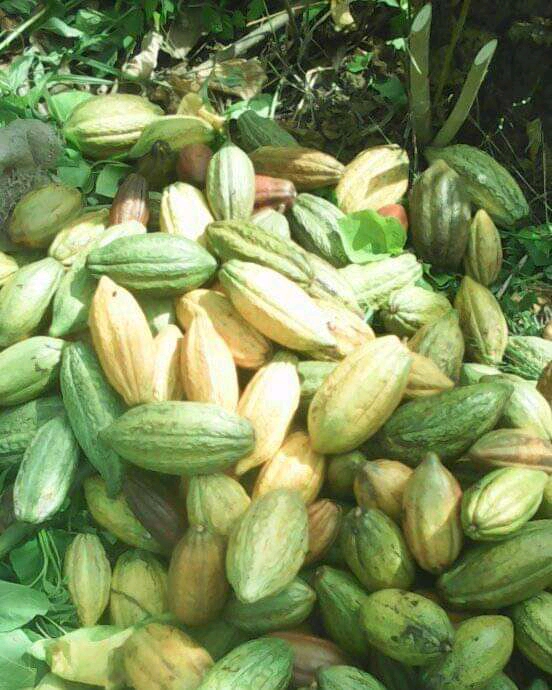Welcome To Flawless Consultants (U) Ltd
How to set up a fish pond while in Uganda

A Fish Farm With Different Types Of Ponds
Aqua-culture is the growing of fish and any other water creatures naturally or artificially. Due to the reducing number of fish in Uganda’s waters, the government is encouraging the public to embrace fish farming, just like any other agricultural practices in Uganda.
Now let’s look at how you can set up a fish pond and some of the key factors you need to take note while in Uganda.
Shape and nature of land for fish pond construction
The shape of your fish pond is very important for you to note. The shapes should either rectangular or square. The land should be totally flat or a hilly terrain in nature with a slope of more than 2%-4% will be unsuitable for pond construction.
You should also note that rocks, grass and other undesirable objects should be eliminated from dikes, which are the walls around your fish pond.
The soil should contain a minimum of 25% clay to enable it hold water. So it is very important for you to understand the composition of the soil on your land on which you are going to construct your fish pond.
Click here to buy or inquire about fish farming in Uganda
Depth of your fish pond
Depth is also another factor you should note as you plan to construct your fish pond. Your fish pond should be or recommended to be one (1) feet to one and half (1.5) in the shallow end, sloping to three (3) feet at the drain end.
Your pond should also have gate valves and tilt over stand pipes to drain water at the deepest end of the pond for draining water. There should also be inflow lines. These should be sufficient enough to fill each pond within three (3) days.
Acidity level of the site
It is very important for you carry out or check the acidity of the site you intend to construct your fish pond using a soil test. If the you find that the soil acidic, you are recommended to add lime or wood ash to the bottom of the pond you have constructed, in addition to fertilizers before you fill the pond with water.
It’s recommended to use 10-20 kgs of lime or 20-40 kgs of wood ashes for each 100m squared of the bottom of your fish pond.
Fertilizers for your fish pond
Before filling the pond with water, spread the fertilizers on the dry bottom. Examples of fertilizers you can use in your fish pond include animal manure, compost or chemical fertilizers like nitrogen, phosphorus and potassium (NPK).
Click here to buy or inquire about fish farming in Uganda
Water supply for your fish pond
You will need a constant water supply not only to fill the pond, but also to make up for the water losses caused by seepage and evaporation. So, it’s important for you to make sure that you have a constant water supply on your site before you embark on constructing your fish pond.
Fish socking in your fish pond
You should avoid overstocking fish in your pond. For example, the standard measure fir tilapia is 5 (five) fish per square meter, thus you need to at least 4,000 (four thousand) fish in a 20 by 40 fish pond.
Fencing your fish pond
It is always advisable to construct a fence around your fish pond to prevent people from falling into it, keep away thieves, and other dangers that can cause harm to your fish. The fence can be a hedge fence using thick flora, poles and wires or a chain link fence.
Click here to buy or inquire about fish farming in Uganda
Conclusion
With that said, we think you can be in position to set up your fish pond on your site. Should you need help, please send us an email for assistance. Wish you all the best your fish farm.
Join in and write your own page! It's easy to do. How? Simply click here to return to Agriculture .
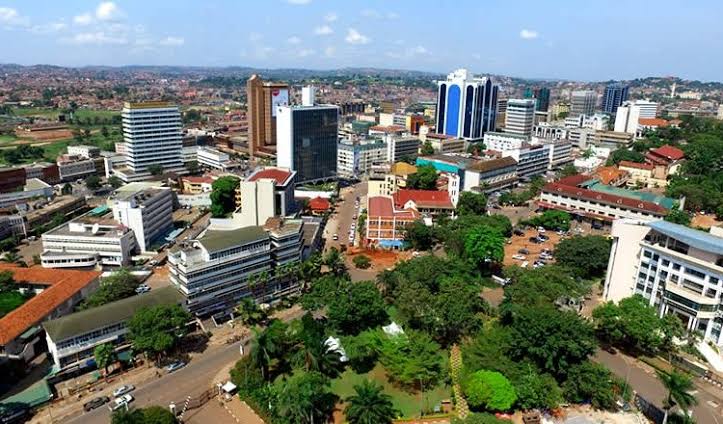 Aerial View Of Kampala City
Aerial View Of Kampala City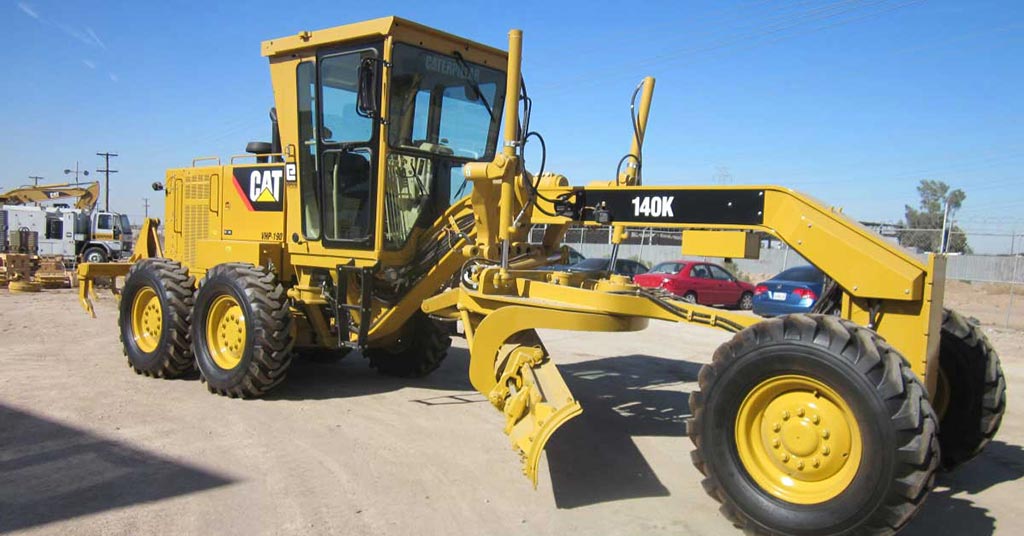 Buy A 140K Grader In Uganda
Buy A 140K Grader In UgandaFor inquiries or Orders:
Contact Us On:-
E-mail: Info@flawlessconsultsug.org
Or
Call/Whatsapp Us on: +256-772 238575
